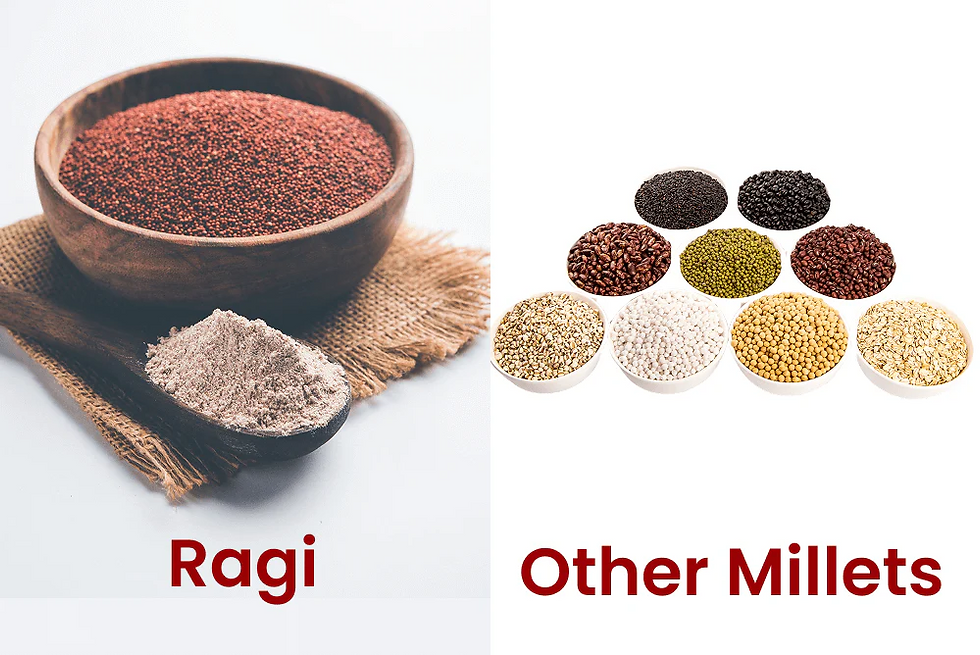Ayurveda Comes Full Circle at Stanford: A Journey of Healing and Education
- Geetanjali Chakraborty

- Apr 25, 2016
- 3 min read
Updated: May 5, 2024
In a remarkable turn of events, my journey led me back to Stanford University, where I once served as a Biology Researcher and beneficiary of the Health Improvement Program (HIP) classes offered by the Department of Medicine. Reflecting on my past, in 2011, I departed from Stanford to fully immerse myself in the practice of Ayurveda, nurturing a dream to one day share this ancient wisdom through the same platform that had supported my growth. After five years, this dream materialized in the form of an intensive 6-week course titled "Ayurveda Lifestyle," co-taught with my colleague Ananta Ripa Ajmera.

Our class, consisting of 31 eager students from diverse departments, embarked on a transformative journey delving into the principles of Ayurveda. The comprehensive curriculum aimed not only to impart theoretical knowledge but also to empower participants to integrate Ayurvedic practices into their daily lives, fostering personal intuition and well-being.
Bridging Theory and Practice
Central to our pedagogical approach was the establishment of foundational building blocks, facilitating a seamless transition from theory to practical application.
Participants learned the connection between theory and practice. For instance, Abhyanga is an important practice emphasized in the Susruta Samhita:
निद्राकरो देहसुखक्ष्चक्ष्दुष्य: क्ष्रमसुप्तिनुत्||७०||
पादत्वङम्ृदुकारी च पादाभ्यङ्ग: सदा हित:||
Shloka Translation: Improved sleep, comfort to the body, healing for the eyes, removal of fatigue.
(These benefits come from) oiling the feet, which also softens it and is always beneficial.
Reference: Susruta Samhita, Chikitsa Sthana, 24.70

The experience of Abhyanga brings the wisdom of the Ayurvedic sages into our lives. Oiling one's limbs with warm medicated oils (we used sesame oil in the class and gave samples to participants) is a therapeutic practice that relieves stress and pain in certain arthritic conditions. Like anything else in Ayurveda, this is not a panacea for all conditions and should not be done without the recommendation of a certified Ayurvedic practitioner. In the class, students learned to do padabhyanga (oil massage of the feet). This is particularly helpful for those struggling with sleep.
Insights and Gratitude

The culmination of our efforts was met with overwhelming praise and gratitude from students, who expressed profound insights and newfound appreciation for Ayurveda's transformative potential.
Here are some heartening testimonials from our workshop attendees:
“This was the best class I’ve ever taken at Stanford HIP.”
“I learned an alternative way to see health, as part of a macrocosm, and about many new foods.”
“I learned how to nurture my body and mind more. And how to stop and take stock of what I am doing, eating, sleeping, etc.”
“The most valuable things I learned was about the five elements. I knew nothing about Ayurveda before, and the whole class was very interesting.”
“The most valuable things I took away were aspects of the Ayurveda lifestyle and really just the motivation/inspiration to learn even more.”
“The experience of slowing down and calming myself when eating feels important to digestion. I seem to be in a hurry a lot, to get to the dinner table, and that continues till bedtime. Another thing I really enjoyed was thinking about where the food comes from and how many hands before the food gets to me was awesome to think about. I want that to be my dinner conversation with my children. It would be great for them to think about that and be more grateful.”
“The love and attention to every detail in class is very clear to see. Thank you very much. I have learned a lot of new information and am enjoying it.”
As I reflect on this journey, I am reminded of the cyclical nature of life's trajectories, where past experiences converge with present endeavors to create meaningful connections and opportunities for growth. In returning to Stanford, I have not only fulfilled a long-held aspiration but also forged new pathways for healing, education, and self-discovery through the timeless wisdom of Ayurveda.





Comments